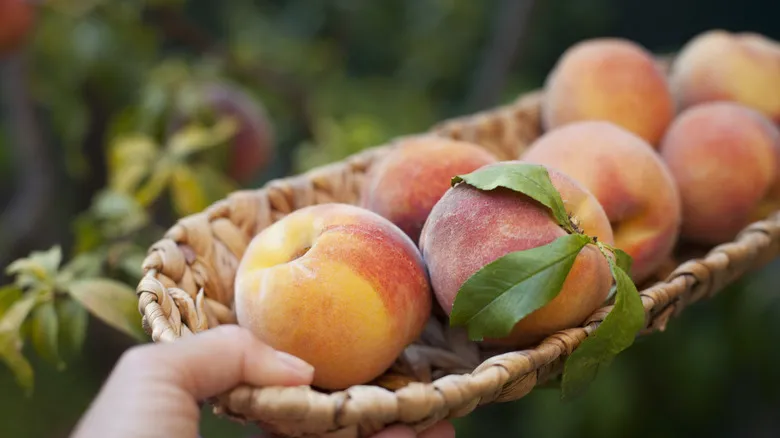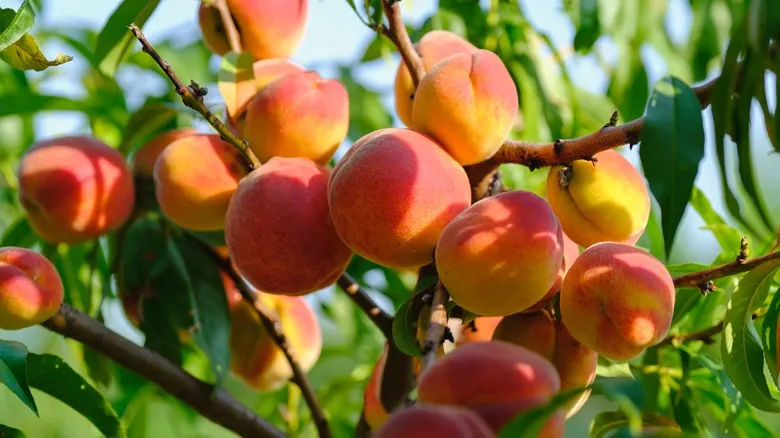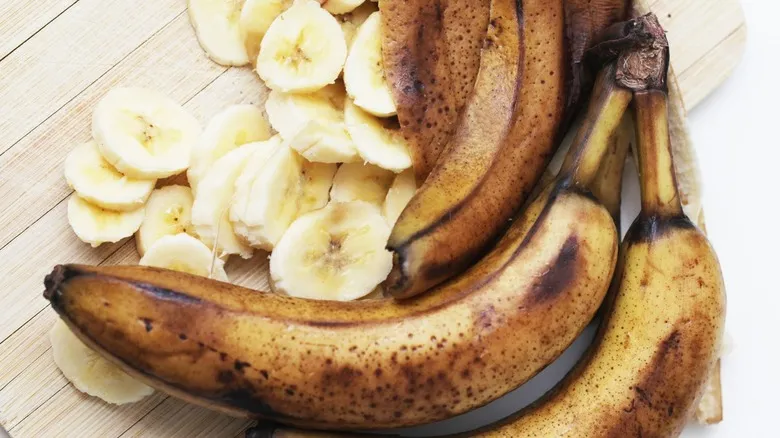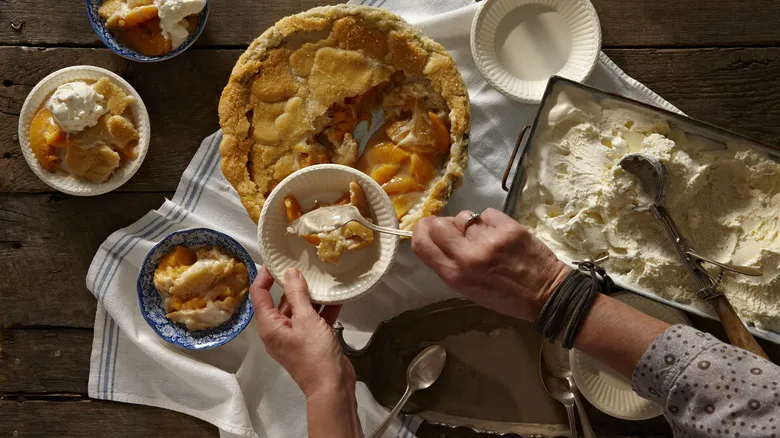The history of peaches in Delaware

In truth, designating peach pie as the official state dessert likely wasn't a tough sell. By the time government officials proclaimed the peach blossom as the state flower in 1895, the peach tree had already established itself in Delaware's landscape and economy. Wild peach trees had thrived in the state for centuries. However, historical records from the 1700s indicate that peaches were not considered fit for consumption, much less for preparing the ideal pie filling. Instead, during that time, peaches were primarily used as feed for pigs. (After all, a pig's gotta eat.)
Fortunately for peach pie enthusiasts everywhere, Delaware farmers began cultivating peach orchards by 1832, bringing the fruit closer to its role as the centerpiece of pies than it had been in the previous century. The first orchards emerged in Kent County, thanks to Isaac Reeves, who employed a grafting technique to ensure consistency among peach varieties.
In the following decades, peach farmers in Sussex County joined their Kent County counterparts. Their progress was bolstered by the expansion of the railroad, which enabled farmers to transport six million baskets of peaches to market in 1875. By 1895, Delaware proudly held the title of the U.S. state producing the most peaches in the world, although that distinction has since changed.
The challenges to the state's peach tree growth

However, it wasn't all smooth sailing for farmers in Delaware. During the 1890s, a disease known as "peach yellows" swept through the state's peach orchards, drastically reducing the peach population from an estimated four million trees to just 300,000 over approximately 60 years. We now understand that aphids were responsible for the widespread transmission of the disease. For a long time, farmers struggled to find a way to combat peach yellows. In their desperation, they turned to cultivating other crops, such as apple trees.
The legacy of those early peach varieties still lingers, although the peaches produced in Delaware today are significantly smaller than their predecessors. Two towns, Middletown and Wyoming, honor the peach's historical significance in Delaware by hosting festivals every August to celebrate the fruit's impact on the state's heritage. One of these festivals even includes a peach pie contest, ensuring that the residents of Delaware will continue to cherish the dessert as their favorite way to conclude a meal.
Recommended

For Simple Homemade Desserts, Krusteaz New Batters Take The Cake

The Science Behind Why Overripe Bananas Taste Better In Banana Bread

15 Baking Tips From Martha Stewart That We Love

Carrot Cake Has Actually Been Around Since The Middle Ages
Next up

